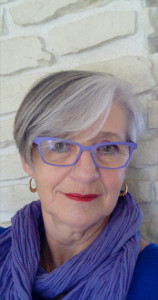
Discover the contemporary work of BERN

With a background in biochemistry, BERN approaches optical art as a laboratory where scientific rigor and artistic exploration are combined.
BERN's career is marked by an original approach that blends science and art. He has developed a real fascination for the mechanisms of visual perception. This approach is reflected in his optical art works, where he explores optical illusions, plays on contrasts and the properties of color. In addition, his experience as an illustrator gives him a unique sensitivity that allows him to transform these abstract concepts into visually striking and emotionally rich works. BERN considers optical art as a field of experimentation where he can both satisfy his scientific curiosity and express his artistic creativity. Finally, BERN assumes a past practice of bass in several jazz orchestras which gives him a rhythmic and harmonic sensitivity integrated into his visual compositions. His works invite the spectator to a sensory and intellectual exploration, revealing the complexity of our perception of the world.
Each painting is like a window opening onto a particular universe, resulting from a careful observation of the real world. The artist, not by "deconstructing" but by identifying which shapes and colors are used by nature, creates unique compositions, each with its own plastic structure. These works, although abstract and geometric, are as many distinct entities, possessing their own visual identity.
Each painting, a geometric microcosm
Behind the apparent simplicity geometric shapes and colorful palettes hide singular worlds. Each painting, much more than a simple composition of lines and colors, is a being in its own right, with a unique plastic structure.
Beyond form
These works invite us to go beyond simple visual perception. The lines, angles, and play of colors suggest a sensory and intellectual exploration. Each of these paintings is a microcosm where the laws of geometry mingle with a deeper dimension, evoking questions about the nature of space, time and infinity.
Reasons for being multiple
What drives the artist-researcher to juxtapose these forms in this way? What emotions, what ideas does he seek to convey? Each viewer is invited to find his own answers, to decipher the geometric language of the artist.






































































